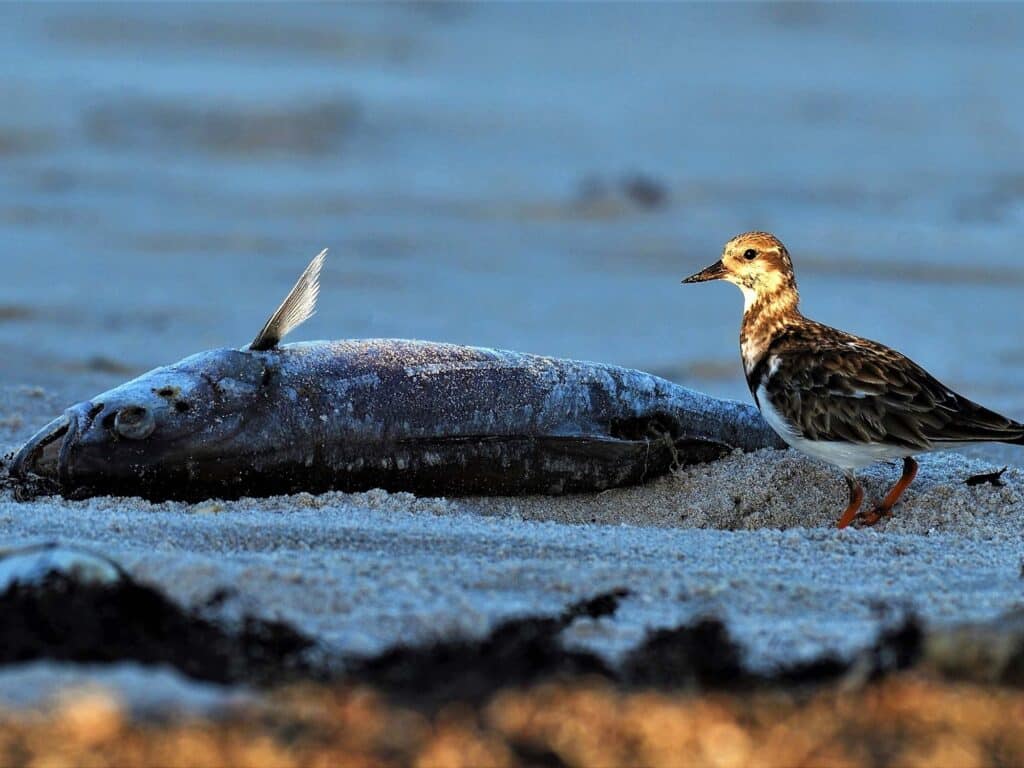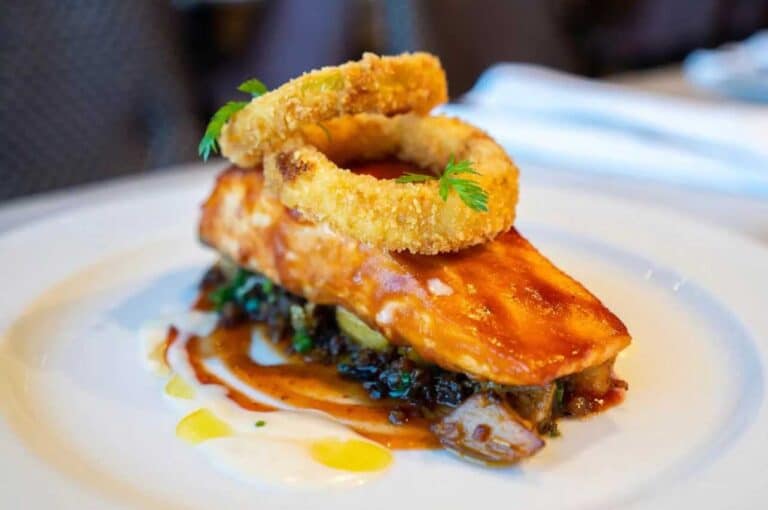
It might seem like the plot of a late-night sci-fi flick – a toxic cloud is approaching Florida’s shoreline threatening the life and health of fish and humans alike – but “red tide” is sadly a non-fiction phenomenon to the Sunshine State.
Red tide is the nickname for the frequent algal blooms – the scientific name is Karenia brevis – that kill marine life with neurotoxins. The tides often form far offshore but travel via wind and water currents toward beaches.
The bloom of algae often can turn the water red – hence the nickname red tide.
The phenomenon is more common along Florida’s Gulf of Mexico coast. When it arrives, the beaches resemble battlefields with fish and other sea life as the casualties. The smell can be overwhelmingly offensive and nauseating.
What Causes Red Tide?
The organisms that compose red tide are not uncommon to warm saltwater. However, when the K. brevis organism comes across an increased food supply, it rapidly multiplies.
What feeds the organism? Pollution has a lot to do with it. Power plant fumes, car exhaust, and byproducts from farming and mining all have much to do with it. Even sewage from water treatment plants contributes to the problem.
Is Red Time Dangerous to Humans Too?
Those visitors to beaches where red tide has struck often report irritated eyes and even breathing issues. Those who consume shellfish that have been struck by red tide can experience a form of food poisoning.
For those experiencing minor discomfort, it’s recommended that you leave the beach immediately and rest in an air-conditioned space. Over-the-counter antihistamines also relieve symptoms.
Those who have eaten affected shellfish often report tingling in the mouth and lips, headaches, dizziness, and nausea. Those who suspect they’ve eaten infected shellfish should visit a clinic or emergency room quickly.
It’s important to note that not all sea life is inedible during red tide blooms. Finfish can be eaten safely if rinsed thoroughly. Lobsters, crabs, and shrimp likely don’t seem to fall victim to the blooms. But oysters, clams, and mussels should be avoided. Scallops are safe so long as only the meat is consumed.
If your pets are exposed to water with red tide, they should be hosed or washed with fresh water immediately.
How Do We Get Rid of Red Tide?
There’s no solution yet to rid the waters of red tide. Scientists have been working for decades on ways to combat it.
Among the techniques being tested is the spraying of a clay mixture on top of the water to weigh down the algae and sink it to the bottom of the gulf.
Another method is ozonation in which water is oxidized – a technique also used to create drinking water in some cases.
In Florida, $20 million was budgeted for 2022-23 to continue the fight to reduce red tide.
More stories like this:
- Is There a Six Flags Park in Florida?
- Is Jacksonville Really the Country’s Biggest City?
- Is St. Augustine Really the Oldest City in America?
- Is Florida the Hurricane Capital of the World?
- Why Should You Shuffle Your Feet on Florida Beaches?
- Why is Orlando called ‘The City Beautiful?’
- What’s the Difference Between an Alligator and a Crocodile?
- Is Florida the Fastest-Growing State?





